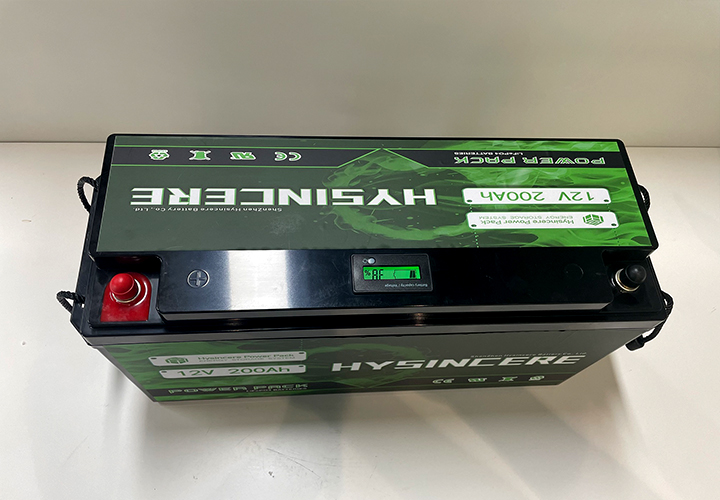
The application fields of lithium-ion batteries for long-term storage, such as medical, military, and auxiliary power supplies, make it particularly important for batteries to have good long-term
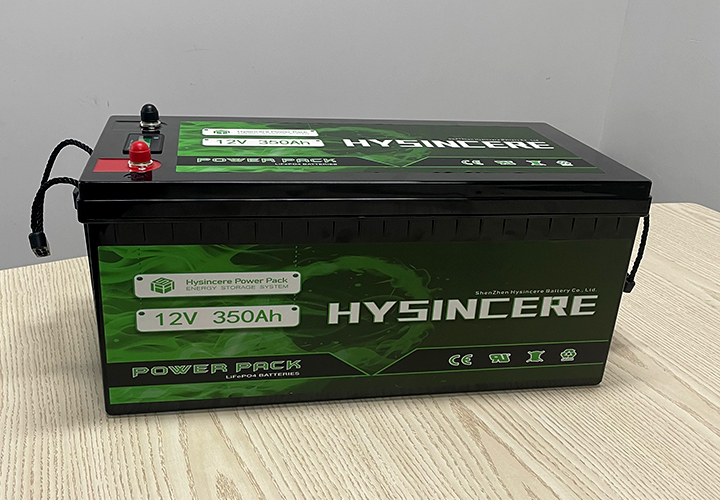
In the actual use of lithium batteries, active particles often undergo many irreversible physical, chemical, and mechanical processes, such as local overcharging and discharging, surface structure
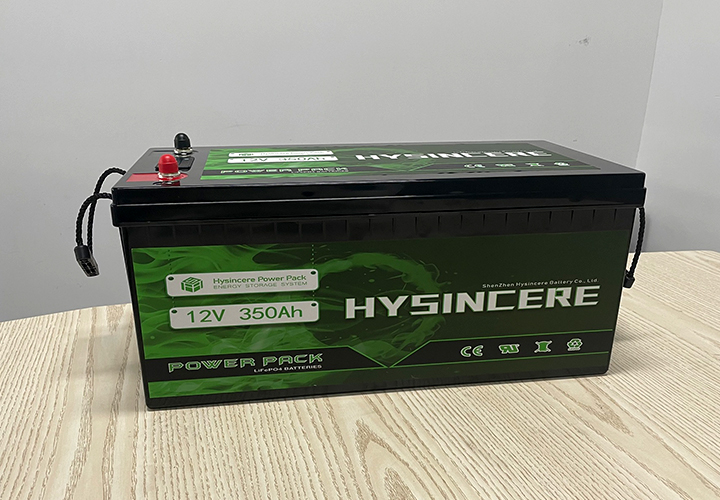
In fact, when we purchase batteries, we often see batteries with higher voltages than 4.2V or other cells, such as 6V, 12V, 24V, etc. However, many of the lithium batteries we use have voltages of
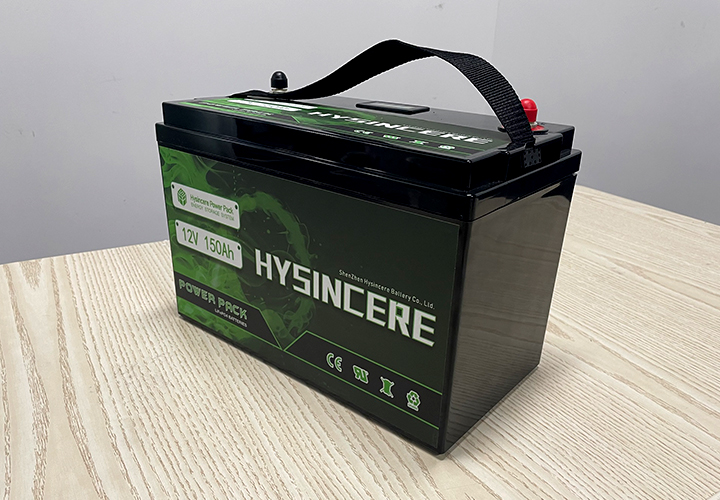
Semi polymer "refers to coating a layer of polymer (usually PVDF) on the barrier film to enhance the adhesion of the battery cell, making it harder to make, and the electrolyte remains a liquid
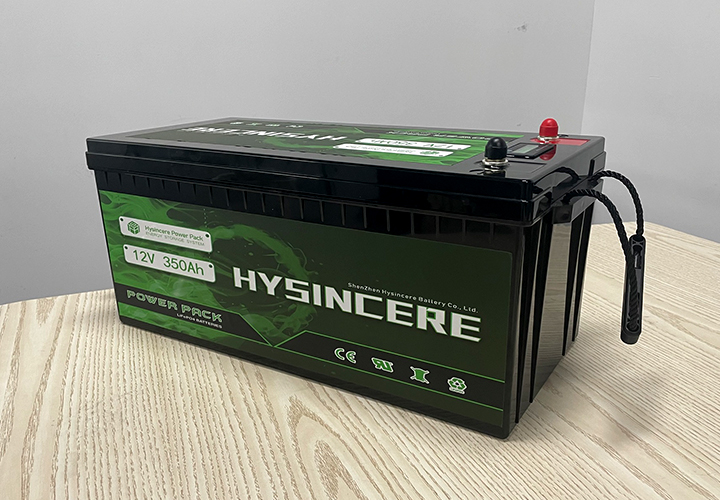
1. The raw materials for lithium-ion batteries are different, and the raw materials are electrolyte (liquid or colloid); The raw materials for polymer lithium batteries are electrolytes, including

For example, drones can monitor battery usage in real-time from the FlightgoApp. By default, when the remaining battery level is below 30%, a low battery alarm will be triggered. When the remainin

(1) The positive electrode material should have a high redox potential, enabling the battery to have a high output voltage (2) Lithium ions can be reversibly embedded and de embedded in a large n
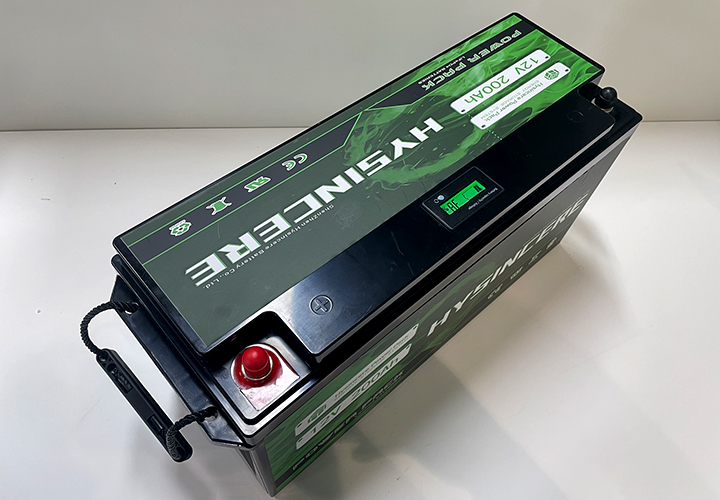
1. Lithium iron phosphate is currently the safest positive electrode material for lithium-ion batteries, which does not contain any harmful heavy metal elements to the human body. Its olivine stru
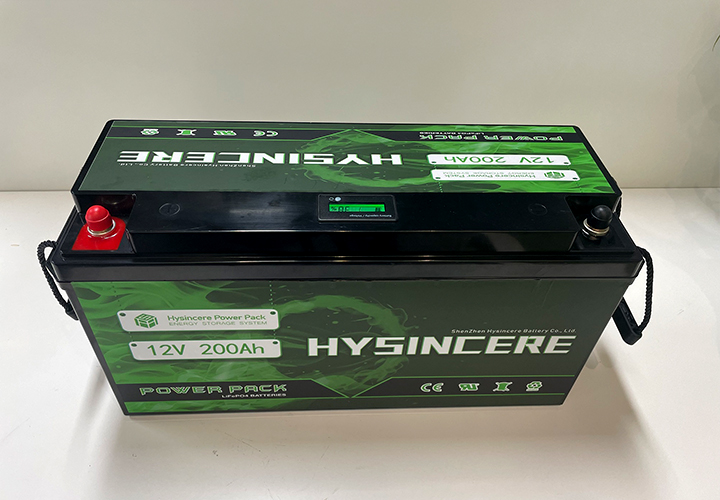
(1) Low recyclable amount A large number of waste batteries are scattered in the hands of the people, but there is no place for them to be disposed of by the public. As a result, the amount of wa

Due to different application scenarios, the performance requirements of batteries also vary. Firstly, as a mobile power source, power lithium batteries have high requirements for volume (and mass)